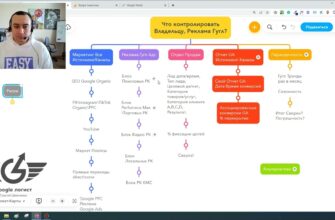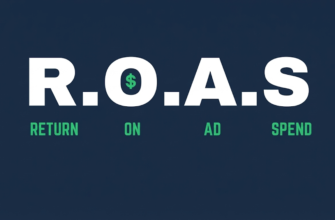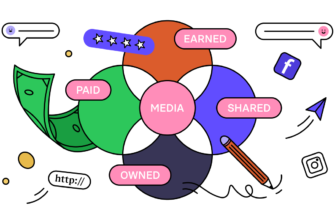- Brief description of the case
- Tasks that the team faced
- What is the complexity of the UK market in online advertising
- UK attribution report
- What is the complexity of the project
- Why is the cost per conversion high
- Difficulty of categorizing goods for advertising
- Specifics of British online shopping
- Difficulties caused by the same type of goods
- Why sometimes you have to relearn a performance
- The difficulty with performance is generating direction for one product
- Results

Hello everyone. My name is Yana Lyashenko, Google logistics specialist. I am engaged in delivering business to the target audience with the necessary parameters. I help increase online sales using Google advertising tools. Today I want to show and demonstrate the team’s case.
Brief description of the case
What do we have? We have a UK market. As you can see, the currency is already indicated – pounds, directly the cost for the given period. We started work, well, we received our first clicks on December 21, 2033. Work on the project continues. What is the task? What kind of product?

How many calls and sales will I get by ordering contextual advertising from you?
I need to calculate the conversion of my website Describe
the task
in the application
Calculate potential ad revenue Google
contextual advertising calculator
In order not to directly indicate the specific niche of the project, as a competent marketer said, especially for Google advertising, knowing how to manage the same performance maxims, he can literally calculate in three or four relevant nuances indicated by the niche, costs and other things on the site. I think that since I am working with a client, I will keep him incognito. I’ll loosely call this niche “household goods.” Specific products for the home. Not everyone needs them. Only needed for private homes. Plus maybe for apartments, maybe. Why not?
The product is not purchased regularly. The product is not dropshipping. Everyone needs it, or it’s super cheap, just to give you a rough idea. Same type, conditionally, same type. This is not everything in a row, but the same type, specific.
Tasks that the team faced
Because of such nuances, you need to increase the number of conversions and keep the cost per conversion, plus or minus, to at least 40 pounds. I show 43 on average. There are fluctuations where the cost per conversion itself is higher. Let’s look at it now.

What is the complexity of the UK market in online advertising
The case is the command itself. If you watched the previous video on wood products in the UK, where it was said that the UK is a rather difficult market for sales, compared to France or Germany, or the Netherlands. Why?
Firstly, you need to understand that the UK is a pioneer of e-commerce in Europe. If this is a pioneer of e-commerce, then, accordingly, the competition will be fierce. Plus why is the competition so fierce? Not because he’s a pioneer. This is a fairly solvent market and, accordingly, it is interesting to go there with goods and get sales. As a result, many advertisers think using the same logic. Accordingly, competition is tougher in this regard.
UK attribution report
Next. The UK market itself is quite specific in its pre-purchase behavior patterns. I can show you an interesting attribution report in the project. I recommend checking this account regularly. I took April ’24. What can we see here if we select the appropriate conversions? Average number of days before conversion and average number of interactions before conversion.

If the amount of interaction is standard, but in principle we artificially bring it to a given value. Well, how artificial? We force the performance so that there are not five or six interactions. Each interaction is paid in money. If you look at the average cost per click, what is possible here Avg. CPC, then it looks quite cheap.

Somewhere a little more expensive, somewhere cheaper. We consider the average value here. It’s hard to pay for every click, but it’s hard to pay for potential clients. Why is it hard? What is the value of attribution reports? They show analytics of the average, roughly the average of how people convert over time. What does this give?
The first nuance is only the analytics of completed conversions. There is a large percentage of people who have just begun the purchasing process. But they didn’t convert for various reasons. Something did not suit them on the site or they were not picked up on time, since budgetary possibilities are limited.
Sometimes the cost per conversion can be high, as the system tries to reach a large audience that is starting the path to conversion. Made the first interaction or similar. And it goes on the path to conversion. The second time they didn’t show up or they showed up, but the person didn’t make the decision to buy here.
Well, these are approximate generalized values, conditionally. If 2.2 is plus or minus a good average for almost any niche for sale. An average number of days – this lengthens the process of a transaction, of bringing money to us, and accordingly, if in interactions it is a little easier to operate with performance, reduce volumes, and play around with budgeting and profitability, then it can be difficult with days. Average value 1.7. Right? There was some kind of conversion for 93 pounds, 12 plus days dragged on.
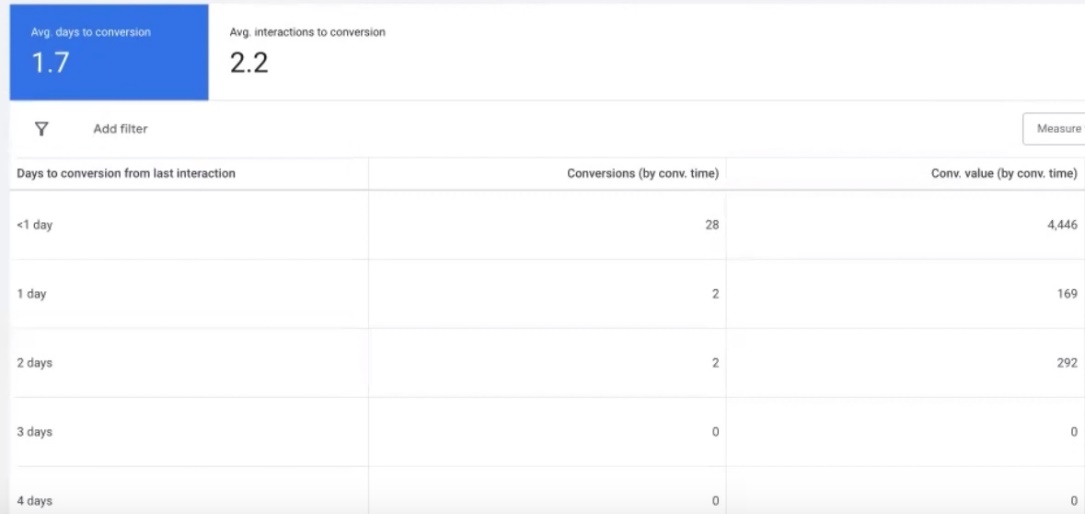
Imagine, in targeting, when we start to show up – these numbers are actually no more – the expenditure part is much larger, since we are trying to capture the average value. This market can be difficult to promote. Not because they’re weird. If we consider the topic of lingerie, the number of requests with a specific connotation is not in the States, in some specific regions.
What is the complexity of the project
This is a complex project. Plus, this complexity includes the fact that the product is of the same type, there are relatively many products. Different sizes, product colors. What does it lead to? The fact is that you need to collect a similar structure from goods that could begin the purchase process and then be completed by order or roughly cut them off when a certain amount of traffic is reached.
Why is the cost per conversion high
As I said, an expensive cost per conversion often looks like this because most products are scrolled per unit of time. Let’s say let’s take our Avg. CPC, not 0.5. Let’s say 1 pound for ease of calculation so that you don’t have to count it on a calculator. What do we have? What if, say, there are 200 products and each product makes one conversion? One click for one pound on average. Right?
How many calls and sales will I get by ordering contextual advertising from you?
I need to calculate the conversion of my website Describe
the task
in the application
Calculate potential ad revenue Google
contextual advertising calculator
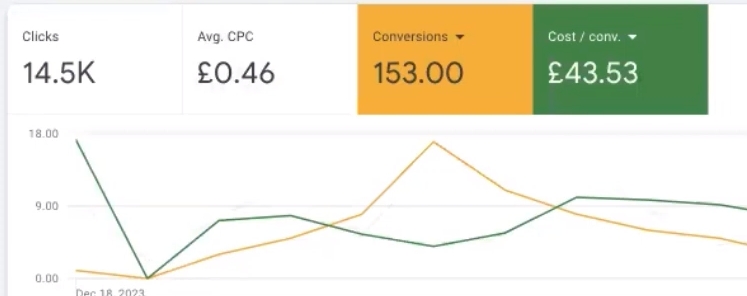
At least 100 pounds of consumption. Each product took one click. Let’s say you bought only one position with 100 pounds. Because we cannot expect that a person will convert from the first interaction. Let’s say the cost per conversion is £100. If we drill down to the product level, it turns out that one conversion costs £1. The final values should naturally be measured by the final value. Expenses are incurred. This is 100 pounds.
Another difficulty in similar niches of the same type. You need to really worry about restructuring the structure so that the 100 pounds is reduced to at least the value of the target KPIs and does not lose in terms of conversion growth. It looks complicated as I formulated it, and it’s also difficult to manage advertising campaigns. Why? There is no conditionally one product item that would be purchased very regularly. Sales are allocated to different IDs.
Difficulty of categorizing goods for advertising
The difficulty lies in the difficulty of finding a cash cow in goods. If you know the SWOT analysis approximately, there are “cash cows” – products that regularly bring conversion. You increase traffic on them, they only increase in conversions. There are star products – those with single sales. They may be on the verge of breaking even or quite good at breaking even. It’s hard to grow these things on them. They can significantly decrease in return on investment after an increase in traffic volume. Not stars, but by potentially training the performance there is an opportunity to turn it into cash cows.
There are “dead dogs”. These are goods that are spent or negative completely, zero. These are “zero” goods. Zeros – those goods that were shown little were not received for a certain period of time. For each project, a unique one is selected, according to the period or a certain ratio to impressions.
In similar products of the same type, when there are a thousand, two or 500 of them, it is difficult to find cash cows, since the entire product range conventionally consists of stars.
As soon as you try to simply increase traffic to them in a primitive way, they can significantly squander this profitability. But why? Remember, 1 pound cost per click, 100 products or 500 get a click. This results in an expensive cost per click. We have to artificially limit the number of displays of a certain product, a certain number of products. On the commodity item, since it is a “dead dog”, it is simply necessary because it will be expensive if you spin all the goods. This is the complexity and nuance of additional complex niches.
Specifics of British online shopping
The UK market these days, not that picky, they love to surf sites to evaluate, they love to just watch online shopping. You know how people come to shopping centers and just walk around and look. They have something similar quite actively. For example, in Americans, if we compare it with the US model of behavior, a thought arises, an urgent question arises, they google it and urgently make a decision. The British have a little more exaggerated behavior.
Difficulties caused by the same type of goods
More sameness. Let’s say now I’ll show you one of the advertising campaigns based on ID-names. Why is it difficult? Let’s say one of the campaigns has worked… There has already been some change. She didn’t work for the entire period that she showed before. Look what we can see, let’s just take the bones. Right? The first category of goods. What do we see? 19 clicks, £9.77 spent.
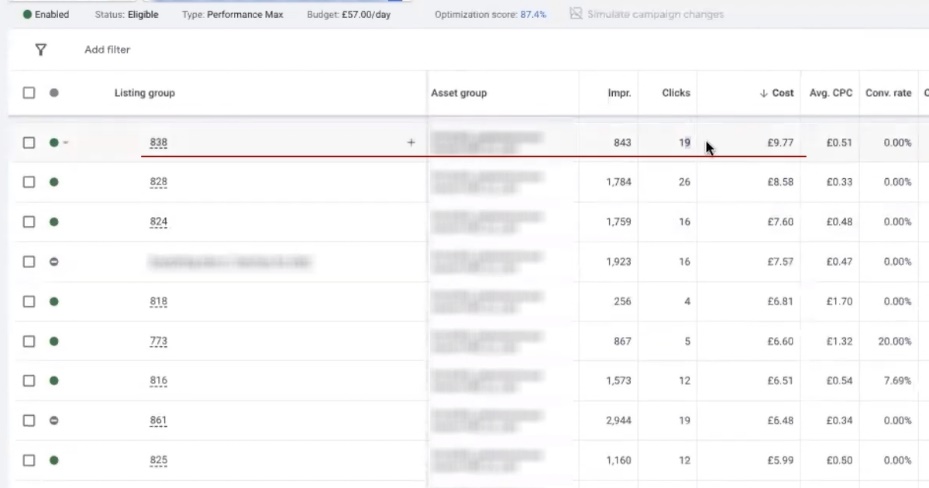
This group of products has been working for quite a long time. Let’s say it works for more than a week. The CPC is not bad, but you see with 19 clicks – zero conversion. With five clicks there is already a conversion. Lower cost per conversion than the 40 pounds that the client asked for – definitely yes. Like this conversion or, let’s say, if I filter by conversions, you see – 6. Let’s say this category gives, let’s say six.

The total value for this campaign is drawn as £79. And 79 since there are products in the category that… As you can see, there is no super drain of money. That’s £10 in 2 weeks or spent in a week. Eight, well almost nine. Seven, well, let’s say eight, eight more. It accumulates and turns out to be an expensive cost per conversion. To reduce the cost in general, you have to work a lot with additional grips. Plus, in products of the same type, performance has a great temptation to do the next thing.
Why sometimes you have to relearn a performance
This thing is called skill – a fairly good skill in building a certain correct chain of interaction in associated conversions. Now, just a second, I’ll go back to the main screen. We returned again to these numbers. He can, if everything is technically set up correctly in the advertising account, he can specifically, intentionally increase traffic for certain product IDs.
You just don’t understand why traffic is growing on ID people. What converts, single conversions do not increase in any way. Why is this happening? This happens because he sees that if a click on a product item is generated, a person goes to the product or leaves the site, or adds to the cart, goes to purchase.
Or he goes through the catalogue. Right? People rarely write directly the size of the product item, color, what is needed, material in the search query itself. Google a general query. They may end up with the wrong product, size, color, etc. and go to the catalog, looking for what fits. It’s logical. This performance can be seen. This is a nuance, a complexity that requires relearning performance.
Performance sees this. It may simply increase traffic for certain product items. In the average value of the client’s avatar, he sees that the person clicked on the product and went further to the catalog. First, further, after view_item, I went to view_item_search_result or view_item_list – event category, I looked at some products and went through them to buy the product.
The downside of such a performance strategy is one thing – the same thing, maintaining the cost per conversion. Maybe they just push a large amount of money into one product item. Where is the guarantee that a person will buy after going to the catalog? The guarantee is higher if we generate traffic for a specific product item. Next comes add_to_cart or refusal.
Such nuances are observed in the work of performance and need to be dealt with. This is the main block of difficulties that you may encounter.
The difficulty with performance is generating direction for one product
Another difficulty lies in if we start trying to break the performance so as not to generate for one product or generate a cheaper cost per conversion due to artificially limiting impressions. This is the picture that comes out. More precisely, the artificial intelligence functionality that is embedded here can change the direction of traffic over certain periods. In those requests that we see here in the account, in the block, insight (!!!) or something like that – they are very targeted. In the auction statistics you will see how you will begin to move strongly up and down. This is not all auction statistics, but only part of it. We can see auction statistics, searches, and merchandise. There is also dynamic product remarketing, which can significantly influence everything dramatically.
Results
Are you satisfied with the result? Not really. Would you like to do something better for your client? Undoubtedly. Work continues. Is the project simple? No. Of all the nuances that Britain has voiced, is the British market the most difficult moment? No, the difficulty here is the sameness of the product range in the eyes of the client and from Google.
This is the reality of the market. Competent specialists are valued because they manage all the nuances adequately and come out with a smaller loss in the situation than is possible. These are approximately the nuances of the case that I would like to highlight in this video.








